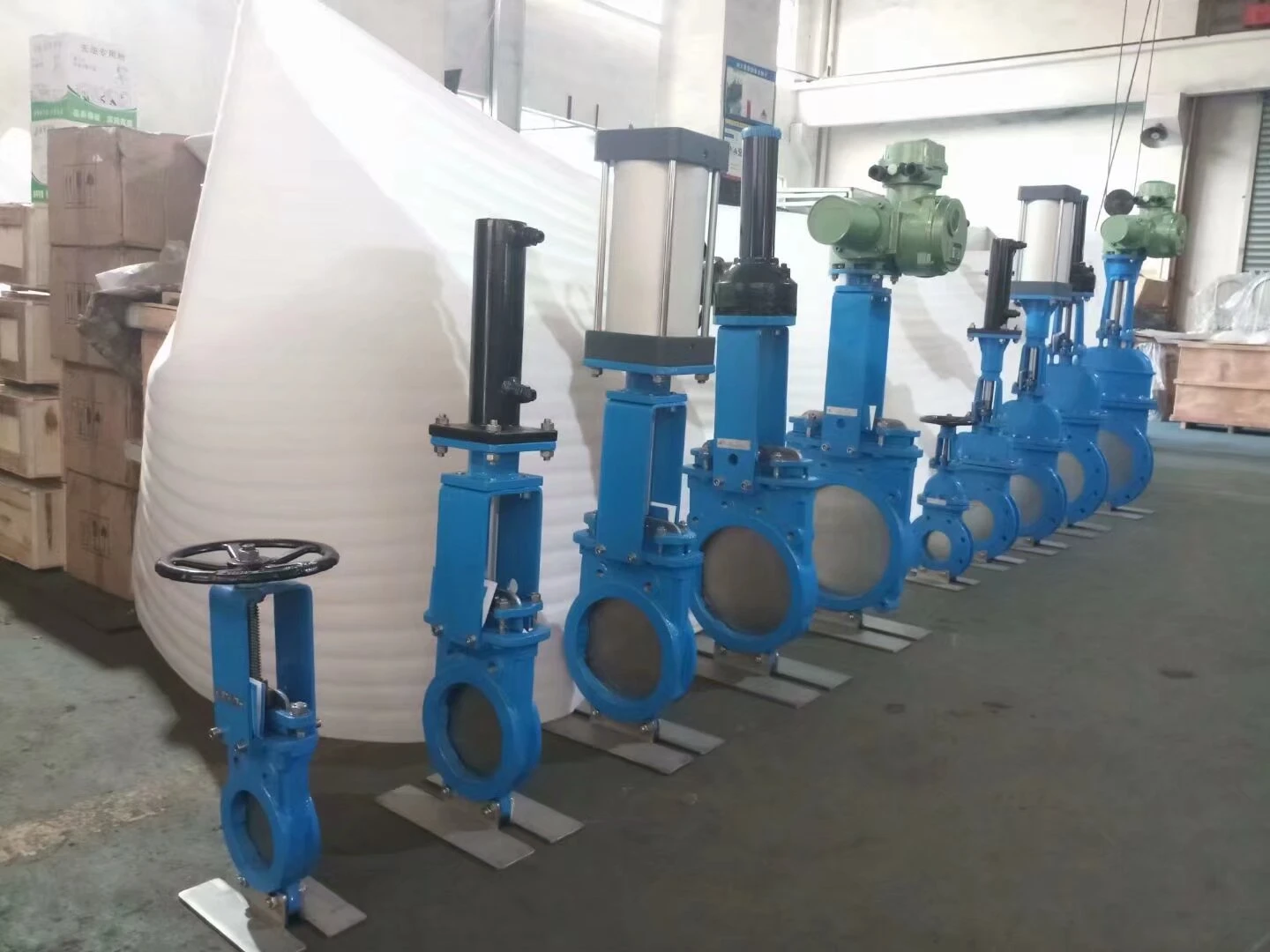types of gate valve for water supply
Types of Gate Valves for Water Supply
Gate valves are essential components in water supply systems, serving as on/off devices that control the flow of water through pipelines. Their design allows for efficient flow control with minimal pressure drop, making them ideal for various applications in water supply networks. In this article, we will explore the different types of gate valves commonly used in water supply systems, highlighting their features, advantages, and suitable applications.
1. Wedge Gate Valves
Wedge gate valves are the most commonly used type for water supply applications. They consist of a wedge-shaped disk that fits snugly between two seats when the valve is closed, providing a tight seal. When the valve is fully open, the disk is lifted out of the flow path, allowing for unrestricted water flow.
Advantages - Low flow resistance and pressure drop. - Suitable for high-pressure applications due to robust sealing. - Durable and reliable for long-term use.
Applications Wedge gate valves are widely used in municipal water supply systems, fire protection systems, and industrial water applications.
2. Parallel Gate Valves
Parallel gate valves have two parallel disks that move vertically to open or close the flow. This design allows for even distribution of pressure on the sealing surfaces, leading to effective sealing when closed.
Advantages - Improved sealing capability compared to wedge gate valves. - Less wear and tear, extending the valve's lifespan. - Suitable for applications where flow needs to be frequently started and stopped.
Applications Parallel gate valves are often used in systems with fluctuating pressures, such as irrigation systems and certain industrial processes.
3. Rising Stem Gate Valves
Rising stem gate valves have a stem that rises as the valve opens. This feature allows for easy visualization of the valve's position, making it user-friendly for operators. The rising stem mechanism ensures that the valve is fully opened or closed by exposing the stem above the valve body.
Advantages - Clear indication of whether the valve is open or closed. - Generally easier to operate, reducing the risk of misoperation. - Ideal for applications where visual confirmation is essential.
types of gate valve for water supply

Applications Rising stem gate valves are commonly found in water treatment plants and large-scale municipal water supply systems.
4. Non-Rising Stem Gate Valves
Non-rising stem gate valves keep the stem stationary while the disk moves up and down. These valves are ideal for installations with limited vertical space since the stem does not protrude from the valve body.
Advantages - Space-efficient design, suitable for confined areas. - Prevents contamination, as the stem is sealed within the valve body. - Suitable for underground installations.
Applications Non-rising stem gate valves are frequently used in water mains, buried pipelines, and situations where space constraints exist.
5. Electric Gate Valves
Electric gate valves are operated by electric actuators, allowing for remote control and automation of the water supply system. These valves can be integrated into automated control systems, enhancing operational efficiency.
Advantages - Remote operation, reducing the need for manual intervention. - Increased precision in flow regulation. - Ideal for systems requiring frequent adjustments.
Applications Electric gate valves are commonly used in water treatment facilities, large infrastructure projects, and industrial applications where automation is beneficial.
Conclusion
Choosing the right type of gate valve is crucial for the efficiency and reliability of water supply systems. Wedge, parallel, rising stem, non-rising stem, and electric gate valves each offer unique advantages that cater to different operational needs and installation scenarios. Understanding these variations allows engineers and system operators to optimize valve selection based on factors such as pressure requirements, space limitations, and automation needs.
In summary, gate valves play a vital role in managing water flow in numerous applications. Their ability to provide a tight seal, durability, and minimal pressure drop makes them a preferred choice in both municipal and industrial settings. By selecting the appropriate type of gate valve for specific applications, operators can ensure efficient water distribution and enhanced system performance.
-
Breakthrough in Domestic Low Temperature Valve Technology in ChinaNewsAug.18,2025
-
From Machinery to Intelligent Brain: The Digital Transformation Wave of the Valve IndustryNewsAug.18,2025
-
PCVEXPO 2025NewsAug.18,2025
-
The Key to Fluid Control: Exploring the Advantages of Ball Valves in Industrial SystemsNewsJul.09,2025
-
The Versatile World of 1, 2, and 3 Piece Ball ValvesNewsJul.09,2025
-
Stainless Steel Ball Valves: The Ideal Choice for Efficient Flow ControlNewsJul.09,2025
-
Optimizing Fluid Control with Ball Float ValvesNewsJul.09,2025




